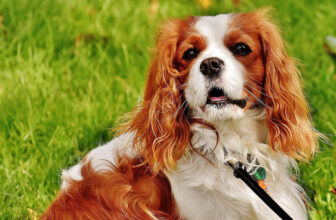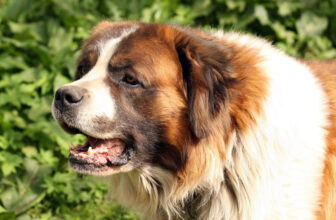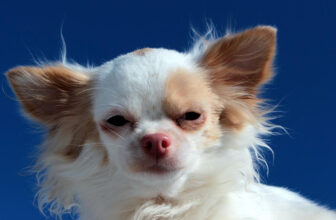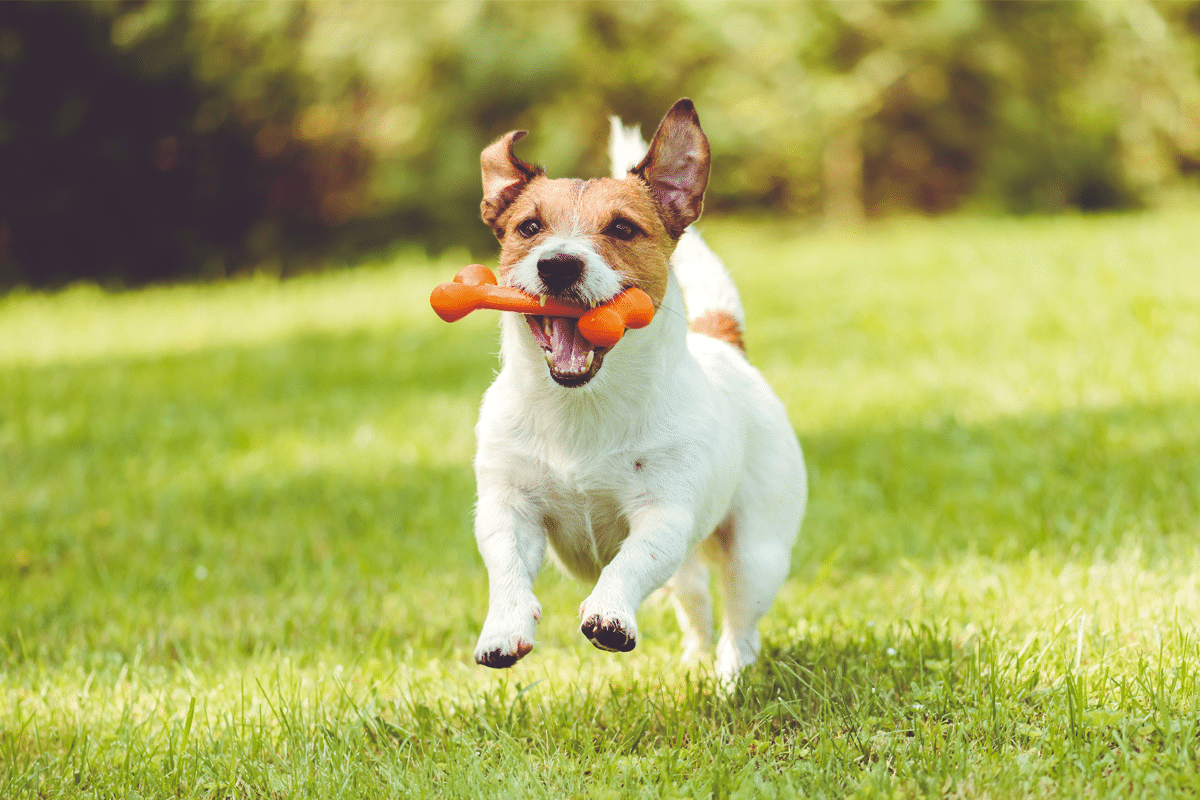
Check out our latest products
Shutterstock
Ever found your dog’s squeaky duck buried in the laundry or tucked under your pillow like a fuzzy secret? You’re not alone. Many dogs have a funny little habit of hiding their favorite toys—and it’s often more meaningful than it seems. Sometimes it’s instinct, other times emotion, and occasionally just pure joy. What looks like playful messiness is often rooted in old habits or new feelings. Behind every stuffed animal stash lies a dog with a reason. The mystery might be messy, but it’s always full of love.
Instinct to Bury and Protect

Shutterstock
Before cozy dog beds and treat jars, dogs survived by stashing food and valuable items. Hiding toys mimics their instinct to bury resources for safekeeping. Even the most pampered pups still carry this ancient behavior in their DNA. When your dog buries their squeaky toy in the sofa, they’re honoring thousands of years of survival skills—indoors.
Resource Guarding

Shutterstock
Some dogs worry that their favorite squeaker might get swiped by a sibling—or a sneaky cat. Hiding a toy is a way to make sure no one else can take it. It’s not always aggressive; it’s more about feeling secure. That buried plush bone is a declaration: “This belongs to me.”
Overwhelming Excitement
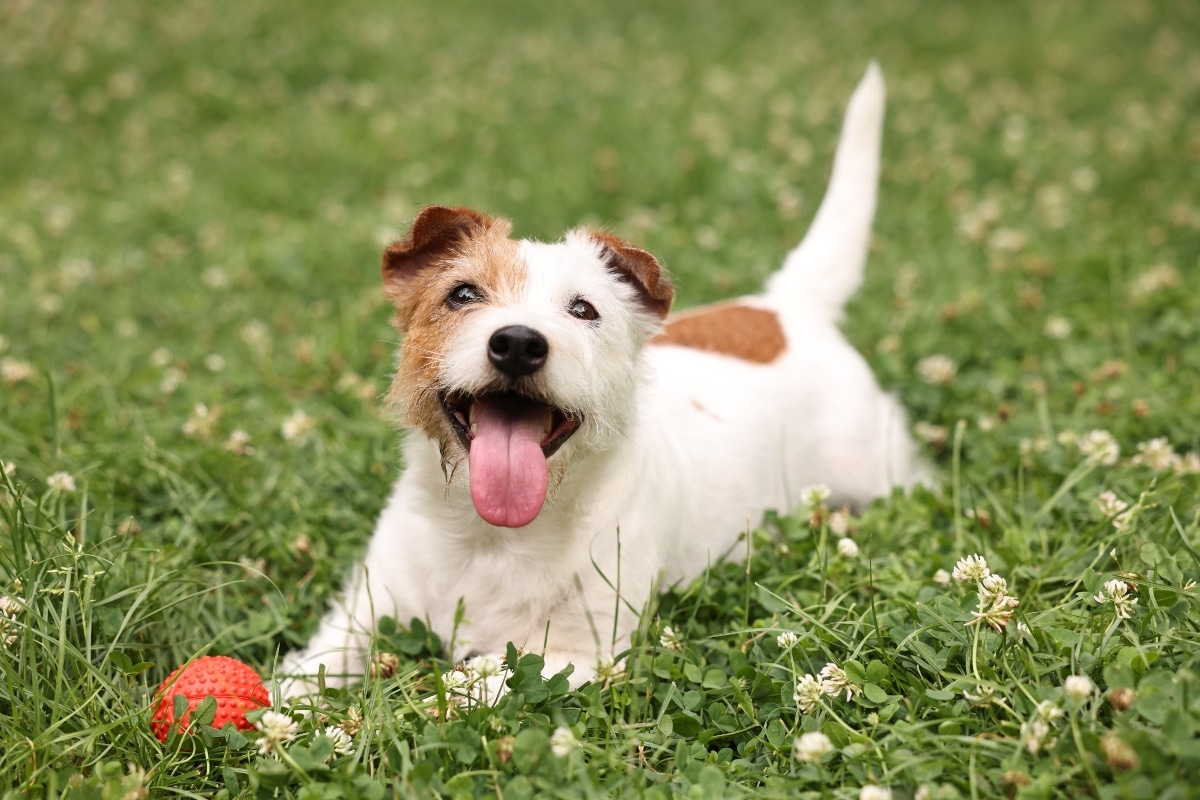
Shutterstock
Sometimes a toy is so exciting, that your dog can’t even handle it. Instead of destroying it with too much love, they hide it away like a prized treasure. It’s the dog equivalent of saving the best bite of cake for last. Stashing that toy is their way of savoring the joy.
Saving for Later
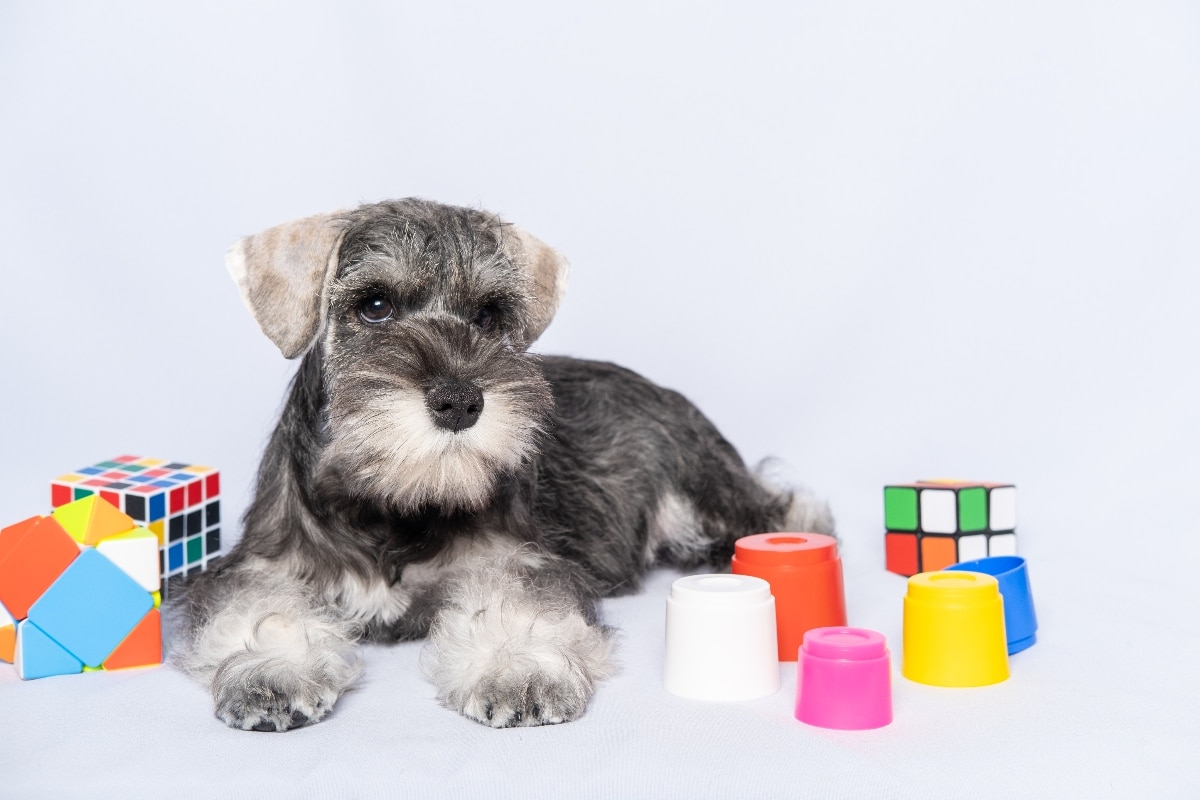
Shutterstock
Dogs may hide toys they’re not ready to play with—yet. It’s like packing away a snack for a rainy day. These pups are thinking ahead, even if they can’t mark it on a calendar. A chew toy hidden in a corner is just strategic planning at its finest.
Attention-Seeking Behavior
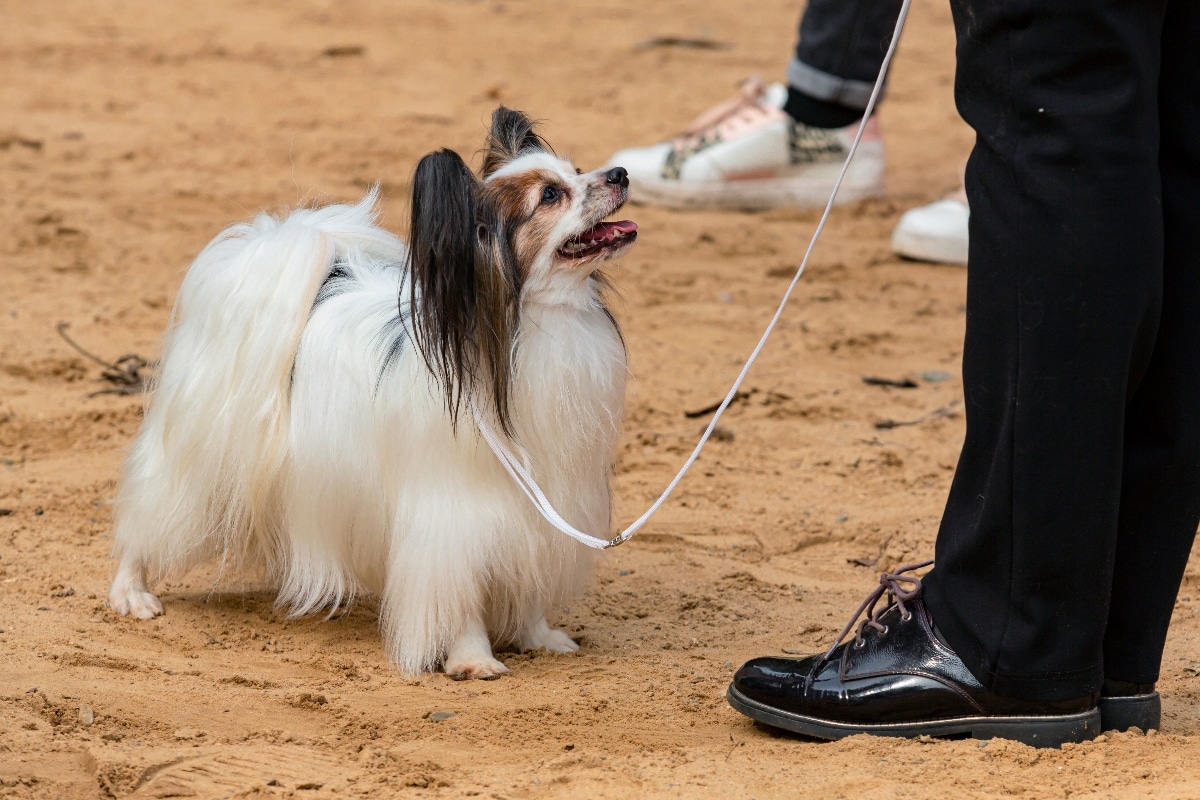
Shutterstock
Dogs are smarter than we give them credit for. If hiding a toy gets your attention, they’ll turn it into a full-blown game. It’s less about the toy and more about getting a reaction from you. The missing squeaker mystery? All part of their master plan to get you involved.
Anxiety or Stress

Shutterstock
Hiding toys can help anxious dogs feel more secure. It gives them a little control when the world feels uncertain. Changes in the home or schedule can trigger this kind of behavior. Tucking away a toy is like creating a safe zone they can return to later.
Territory Marking
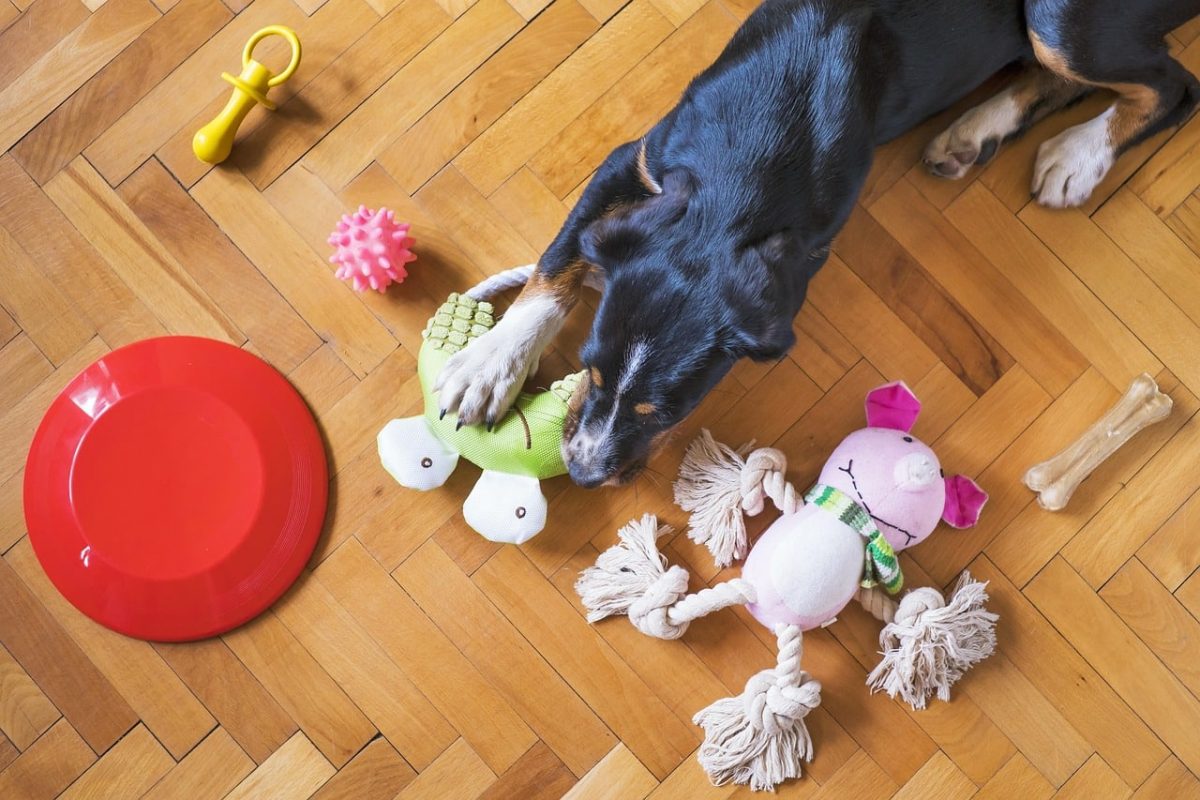
Shutterstock
Dogs use more than scent to mark what’s theirs. Stashing a toy in a certain spot is one way of claiming it—and the territory around it. It says, “This toy, this couch, this space—all mine.” Even if it’s under your pillow, it’s a statement piece.
Mimicking Parental Behavior

Shutterstock
Some dogs act out maternal instincts with their toys. They might carry them gently, hide them carefully, and revisit them often. This behavior is especially common in nurturing breeds or dogs without litter. To them, that plush duck might be more than a toy—it might be their “puppy.”
Play Extension

Shutterstock
Hiding a toy can be part of a much bigger game. Dogs love a narrative, and burying the toy is just the next chapter. They dig it up, parade it around, then hide it again like it’s a thrilling sequel. Your dog isn’t just playing—they’re directing their miniseries.
Sensory Stimulation
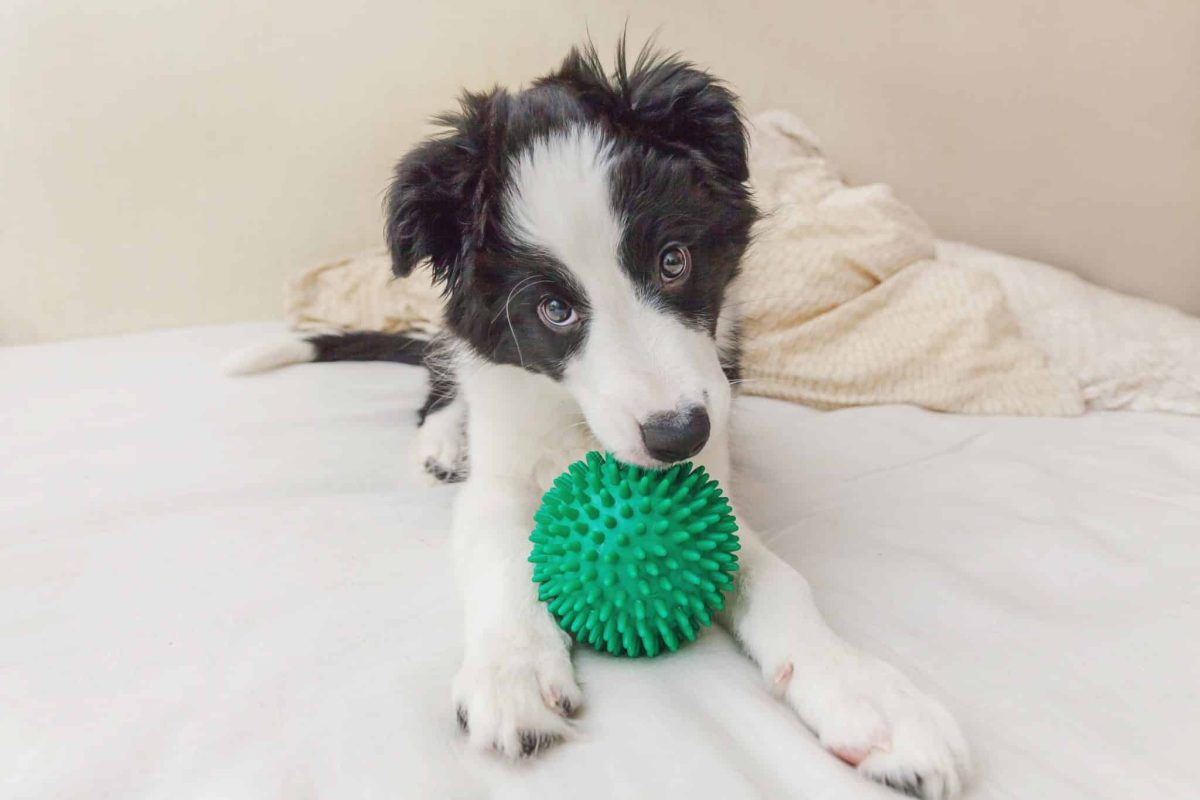
Shutterstock
Digging, hiding, sniffing—it’s all a sensory experience. Dogs enjoy the textures, smells, and even the sound of rustling fabric when they bury a toy. These small interactions are mentally enriching and keep boredom at bay. For them, the couch isn’t furniture—it’s a playground.
Habit and Routine
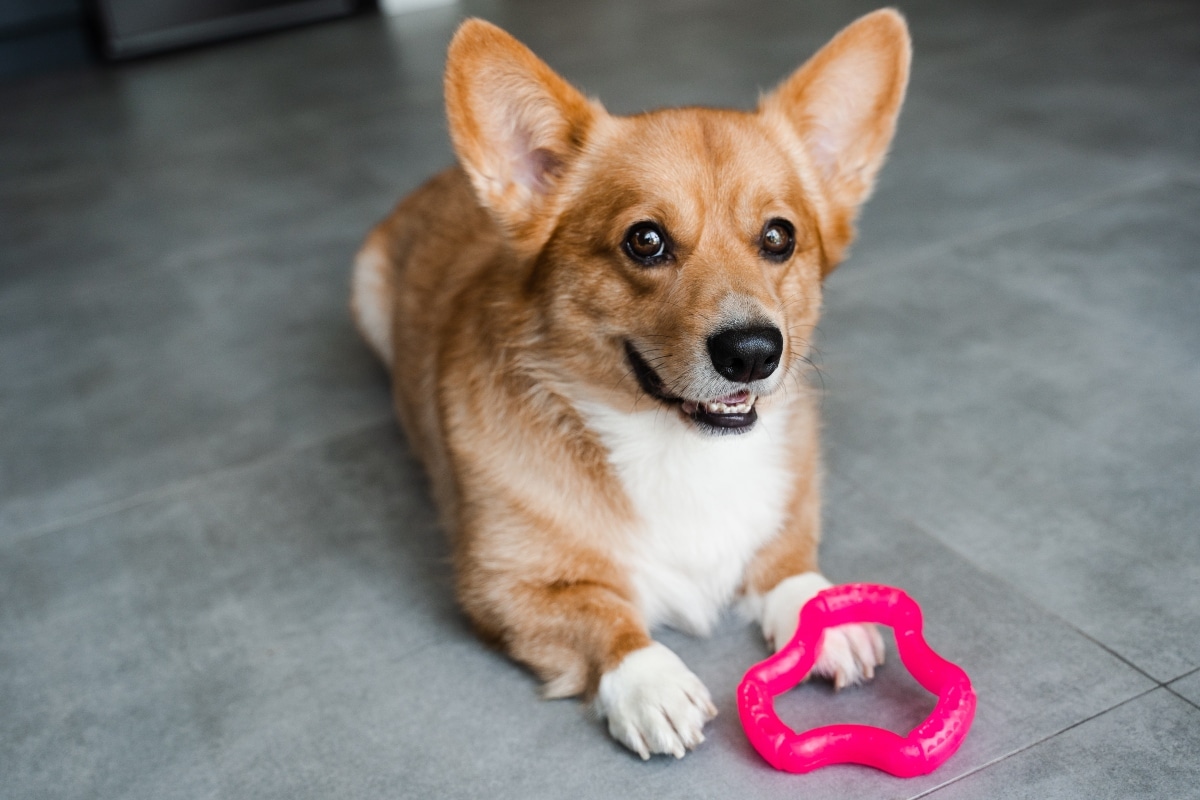
Shutterstock
Some dogs do things just because that’s what they’ve always done. It becomes part of their daily rhythm. Hide the toy, eat breakfast, nap, repeat. If it brings them joy and doesn’t harm anything, it’s just another endearing quirk.
Learned Behavior

Shutterstock
Dogs are great observers and love to mimic behavior. If one pet hides a toy, others might join in just because it looks fun. It also builds a sense of community, like, “Hey, we’re all hiding stuff now!” What starts as one dog’s stash quickly becomes a group hobby.
Just for the Fun of It

Shutterstock
Sometimes dogs hide toys for no reason other than sheer joy. It’s goofy, spontaneous, and perfectly normal. They’re not planning, guarding, or stressing—they’re just having a moment. Honestly, it’s hard to argue with that kind of happiness.
The Case Of The Disappearing Duck

Shutterstock
Dogs don’t need complex reasons to turn hide-and-seek into an everyday adventure. Behind every vanished plushie or mysteriously buried bone is a swirl of instinct, affection, and playful charm. These silly habits aren’t just funny—they’re part of what makes our dogs so delightfully unique. So the next time you discover a soggy toy in your shoe or under your pillow, don’t be annoyed—feel honored. It’s a little gift, a shared secret, and a peek into the joyful, wiggly world your dog is proud to call theirs.







![[5G & 2.4G] 2K Indoor Security Camera for Home Security, AI Voice Change for 2-Way Talk, Motion Detection, Night Vision, 24/7 SD Recording/Cloud Storage, WiFi Home Camera, Pet Cam with Phone App](https://i3.wp.com/m.media-amazon.com/images/I/61I2U+sTT3L._AC_SL1500_.jpg?w=300&resize=300,300&ssl=1)



